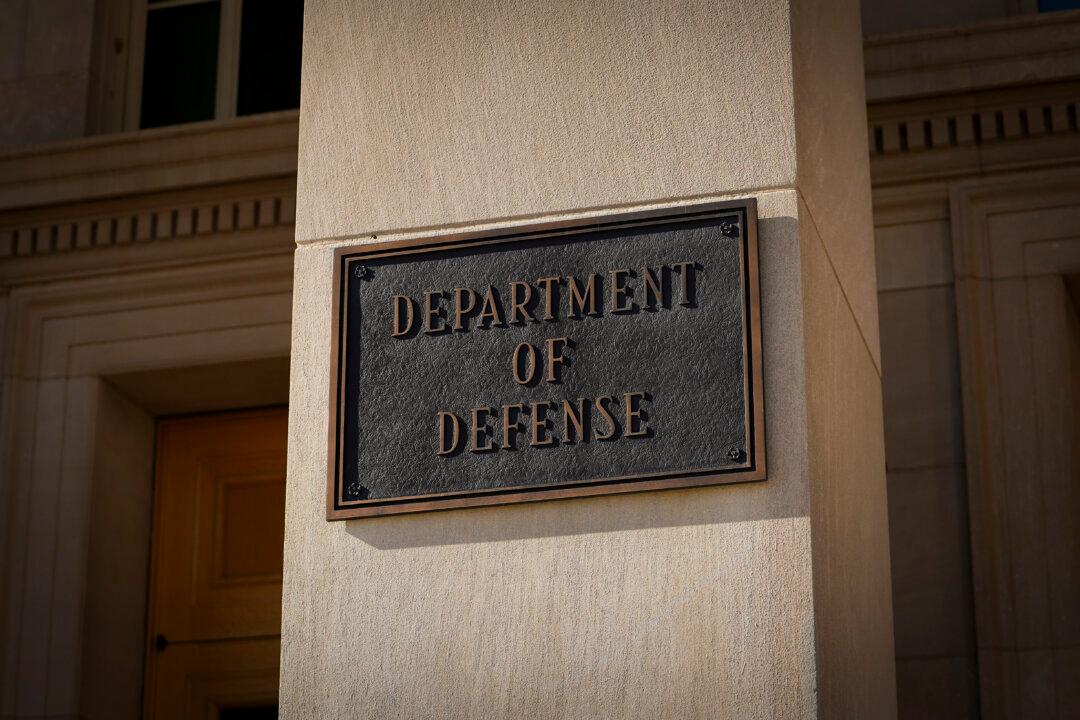The U.S. Department of Defense (DoD) has released a cybersecurity strategy aimed at shielding its suppliers from malicious cyber operations conducted by foreign adversaries, including Russia and China.
“Our adversaries understand the strategic value in targeting the DIB,” David McKeown, the Pentagon’s deputy chief information officer for cybersecurity told reporters on March 28.





